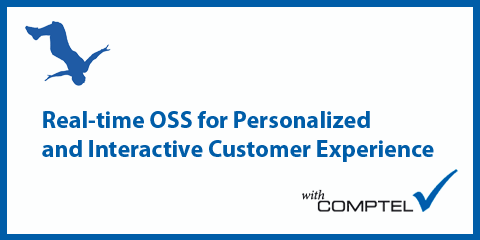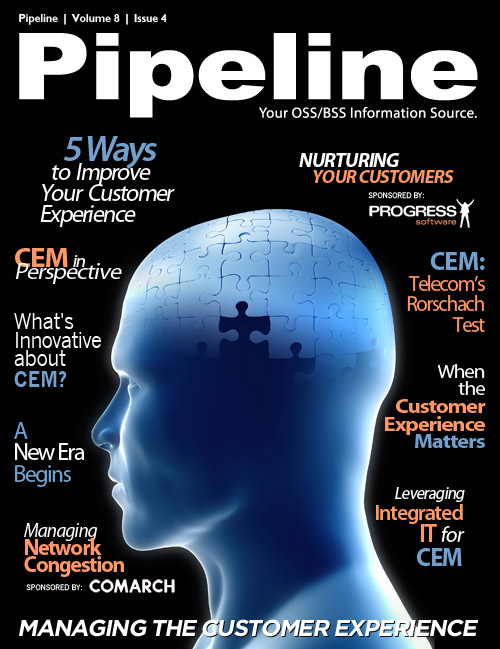By: Tim Young

As you might have guessed from some of the ramblings elsewhere in this issue, the whole “CEM” craze
has left us just a little confused.
And, as we generally do when we are confused by the murky world of marketing spin, we turn to the
analyst world to see if they could set us straight on some of the wonders of customer experience
management we may have been missing. Maybe they could tell us that CEM is more than a cobbling
together of disparate technologies under a common umbrella. Maybe they could tell us that there’s a
universal understanding among service providers of what CEM is, and that we’re the only ones who are
confused.
Our first stop was Nancee Ruzicka, Senior Research Analyst in Stratecast's (a division of Frost & Sullivan)
OSS Competitive Strategies (OSSCS) Analysis Service. We figured Ruzicka could tell us that everything
was coming together, and that CEM was more than just a mish-mash of otherwise useful solutions stuck
together arbitrarily. So Nancee, What’s the deal with CEM?
“It’s kind of a mess,” said Ruzicka.
Ah. So we’re not the only ones who think so.
And that “mess”, Ruzicka went on to say, is due, in part, to an unclear idea of what CEM is.
Early in the game, providers assumed CEM was a tangible and clearly defined technology. That it was
a product that you could buy. But it isn’t. “It’s a business imperative,” according to Ruzicka. “It’s a
cultural thing that says we’re going to look at everything from a customer’s point of view. That we’re
going to rotate so our focus is on our customers rather than on our infrastructure. “
Susan McNeice, Vice President of Software Research with Yankee Group's Network Research group,
seems to agree that the precise nature of CEM is still nebulous. “There is no real CEM definition yet,”
she said. “At least not one that large numbers of CEOs can embrace.”
In fact, the term has become so murky from use and abuse that some have abandoned it altogether.


"I actually don't define CEM,” said Shira Levine, Directing Analyst for Next Gen OSS and Policy at
Infonetics Research. “I think it's a fairly useless buzzword, to be quite honest. Just about any software
solution out there right now could be categorized as CEM, and if you talk to five different operators,
you'd get five different responses on how they define CEM.”
And she’ll get no argument here.
But even if you can assume some rough consensus on what CEM is (which is a big ‘if’), there’s still the
problem of getting operators to get to a point at which the needs of the customer are important enough
to warrant more than lip service.
“If you get a group of people together in a room and say ‘CEM’, they all nod their heads and say ‘yeah,
yeah, yeah, we need to do that,’” said Ruzicka. However, if one takes a look at what’s actually driving
transformation at the provider level, Ruzicka said, “it’s the same things that have always been driving it.
Increase revenue, reduce cost. It’s still all about the money.”
And transformation efforts built around cost savings and higher ARPU are certainly not a problem, per
se. However, focusing on these criteria alone, and ignoring the customer experience altogether, is more
of the same for service providers. Cost savings and bigger revenues do not automatically make for a
better user experience.











